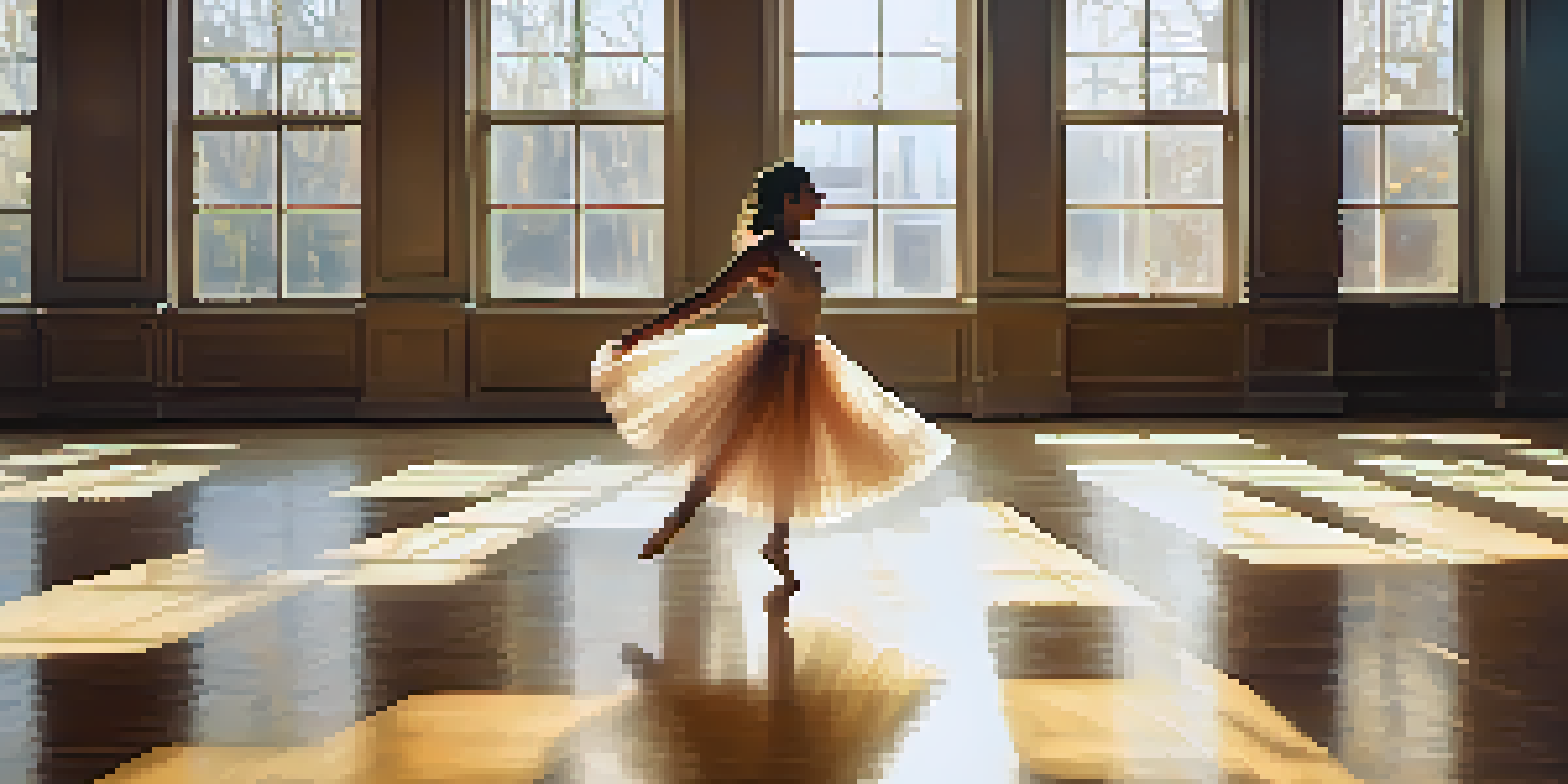How Dance Improvisation Boosts Emotional Expression and IQ

Understanding Dance Improvisation and Its Impact
Dance improvisation is the art of creating spontaneous movement, allowing dancers to explore their emotions and ideas without a set choreography. This practice encourages individuals to express themselves authentically, tapping into their inner feelings and experiences. By engaging in this form of dance, participants often discover new aspects of their emotional landscape, making it a powerful tool for personal growth.
The Connection Between Movement and Emotions
When we dance, our bodies become a canvas for our emotions, translating feelings into physical expressions. For example, a joyful moment may inspire light, airy movements, while sadness might result in slower, heavier gestures. This physical manifestation of emotion not only helps dancers understand their feelings better but also provides an avenue for sharing those feelings with others.
Dance Improvisation Enhances Emotion
Engaging in dance improvisation allows individuals to express their emotions authentically through spontaneous movement.
Improvisation: A Gateway to Emotional Release
Engaging in dance improvisation can serve as a form of emotional release, allowing individuals to process feelings that may be hard to articulate. Think of it like a pressure valve; when we let our bodies move freely, we can release pent-up emotions, leading to a sense of relief and clarity. This act of liberation can improve mental well-being, making dance a therapeutic practice.
Boosting Intelligence Through Creative Expression
Dance improvisation not only enhances emotional expression but can also stimulate cognitive functions, contributing to higher intelligence. As dancers make spontaneous choices, they engage critical thinking and problem-solving skills, honing their ability to adapt quickly. Just like solving a puzzle, navigating different movements and rhythms encourages flexibility in thought and creativity.
Improvisation Boosts Cognitive Skills
Participating in dance improvisation stimulates critical thinking and creativity, enhancing cognitive functions.
The Role of Mindfulness in Dance Improvisation
Mindfulness plays a crucial role in dance improvisation, as it encourages dancers to stay present in the moment. By focusing on their breath and body sensations, dancers can cultivate a deeper awareness of their emotions and movements. This heightened state of awareness can lead to a richer and more fulfilling experience, both on and off the dance floor.
Social Connections Through Dance Improvisation
Participating in dance improvisation often takes place in group settings, fostering social connections and community. Engaging with others in this creative space allows for shared experiences, building trust and empathy among participants. These social bonds can further enhance emotional intelligence, as understanding others' emotions becomes easier through shared movement.
Mindfulness in Dance Cultivates Growth
Mindfulness during dance improvisation fosters a deeper awareness of emotions and promotes personal development.
Dance Improvisation as a Tool for Personal Growth
For many, dance improvisation serves as a catalyst for personal development, encouraging exploration of one's identity and emotions. By stepping outside their comfort zones, dancers can discover new aspects of themselves, leading to increased self-confidence and self-awareness. This journey of self-exploration not only benefits their dance practice but also enhances their daily lives.
Incorporating Dance Improvisation into Daily Life
Integrating dance improvisation into your routine doesn't require formal training; even simple movements around your home can be beneficial. Try setting aside a few minutes a day to express yourself through dance, focusing on your feelings and letting your body move freely. This practice can help cultivate emotional awareness and boost overall intelligence, enriching your life in unexpected ways.